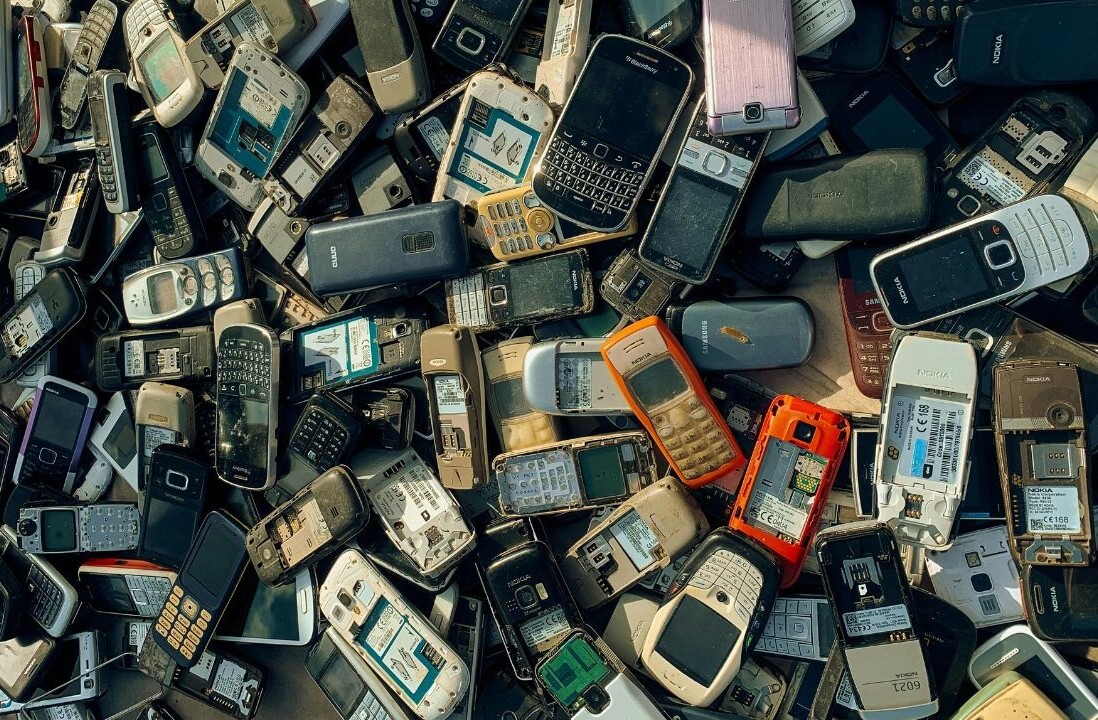
What do you do when you can’t go to the doctor’s office? As the COVID-19 pandemic has forced people around the world to stay at home and avoid crowded and possibly contaminated areas, this has become a big concern.
The pandemic has spurred a new wave of innovation, shedding new light on online diagnosis and remote care technologies that have been around for a while but have been limited to the doctor’s office.
The Dutch startup community, one of the fastest-growing technology hubs in Europe, has played a key role in developing new tools and facilities to make sure doctors can monitor and care for patients remotely. Techleap.nl, a non-profit responsible for accelerating the Dutch startup ecosystem, has helped nurture and grow health-tech startups that are now providing remote care services in the Netherlands and beyond.
Here are just a few areas of medicine where startups are making doctor’s office visits a thing of the past.
Remote eye care
Poor vision is a 4.3-billion-person problem across the world. And access to eyecare was already challenging before the COVID-19 situation. “In many countries, there’s limited access to eye care, which results in long wait times,” says Yves Prevoo, founder and CEO of Easee, a startup based in the Netherlands. Even in Europe, patients might have to wait up to 12 months before they can see an ophthalmologist.
The state of emergency caused by COVID-19 only made things worse. With the eyes being among the key body parts where a person can contract coronavirus, ophthalmologist clinics became among the first places to be shut down or put on notice to reduce congestion in order to contain the spread of the virus.
“The problem is that to examine someone’s eyes, you have to come really close, face to face,” Prevoo says. “It’s a field that is deeply affected by the COVID-19 crisis and you can tell that by the fact that the first person to die of the virus was an ophthalmologist in China.”
Easee, which is part of Techleap.nl Rise, a program to help grow promising Dutch startups, has helped alleviate the problem to a degree by providing a clinically proven online eye examination. The company’s web application can be accessed through the browser. The patient goes through several steps with a computer and a smartphone to perform the self-examination of visual acuity and refractive error. The tool was tested and approved by a group of specialists at the University of Utrecht.
During the COVID-19 lockdown, remote online testing has considerably reduced congestion at eye clinics by slashing unnecessary patient visits. Already, many ophthalmologists are using videoconferencing tools to visit their patients. Easee’s application has become a tool of choice for many clinicians in their remote triaging sessions.
“It gives them additional data points for their decision-making,” Prevoo says.
The test will not replace eyecare specialists, Prevoo stresses. “We don’t look into the eye. For some conditions, this is not the best way to see what’s going on,” he says.
But a reliable, online self-testing system can make sure the limited human resources of eyecare are directed in the right places, during and after the COVID-19 lockdown. “For some patients, a simple visual acuity test is all you need to decide whether or not they need to come into the hospital,” Prevoo says. “The numbers are so big that this frees up substantial time for ophthalmologists to focus on the patients who really need in-person visits.”
Are you a Dutch founder looking to grow your business? The Techleap.nl Rise Program might be for you:
Beyond the lockdown
Remote care can also have life-changing impacts that will move beyond the current limitations imposed by the COVID-19 situation. And the key is a model that expands from requiring a presence in hospitals to providing anytime-anywhere access to patient information and care.
An example is stroke patients, who constitute a considerable percent of populations. Strokes are the leading cause of long-term disabilities, and in the EU alone account for €45 billion in annual healthcare costs.
“In stroke care ‘Time=Brain’ and treating a patient just 30 minutes sooner can save almost two years in healthy life, or make the difference between patients being severely disabled or living an independent life,” says Kate Backhouse, Chief Commercial Officer at Netherlands-based Nico.lab, another Techleap.nl Rise startup.
To reduce response times, Nico.lab has developed StrokeViewer, a software system that supports radiologists through the workflow of stroke patient care. “Our portfolio of artificial intelligence algorithms that automatically analyze CT scans combined with a user-friendly system architecture ensure physicians can focus on the care that matters, making faster and better decisions that ultimately result in better patient care,” Backhouse says.
Upon arrival at the hospital stroke patients go through a CT scan, and the scans are sent to StrokeViewer to be analyzed by the AI. StrokeViewer immediately notifies physicians who can log in from any location through any device to see the results of the AI. Based on these results, physicians decide the best course of treatment, at times transferring a patient to a larger hospital for specialized intervention. In these cases, they can instantly forward patient images in a secure manner to the treating team who can already start with treatment planning.
“Previously physicians had to assess images with the naked eye, which at times is very challenging, especially when no specialized radiologists are present in the hospital during night shifts,” Backhouse says. StrokeViewer streamlines the workflow by allowing radiologists to securely log in and intervene from anywhere without the need to drive to the hospital, which can cause delays the patient can’t afford.
During the COVID-19 lockdown, StrokeViewer has enabled radiologists to assist hospitals from home. This has been especially useful for radiologists who themselves are at high risk of contracting the virus. But the long term benefit is the faster response time the seamless connectivity and remote care features provide.
The COVID-19 pandemic has spurred us to rethink our models of care and innovate in ways that were previously dismissed or unthinkable. The slate of technologies being created today will help us weather the pandemic storm. But the transformation it brings to the doctor’s office will stay long after we’ve beaten the virus.
Get the TNW newsletter
Get the most important tech news in your inbox each week.






